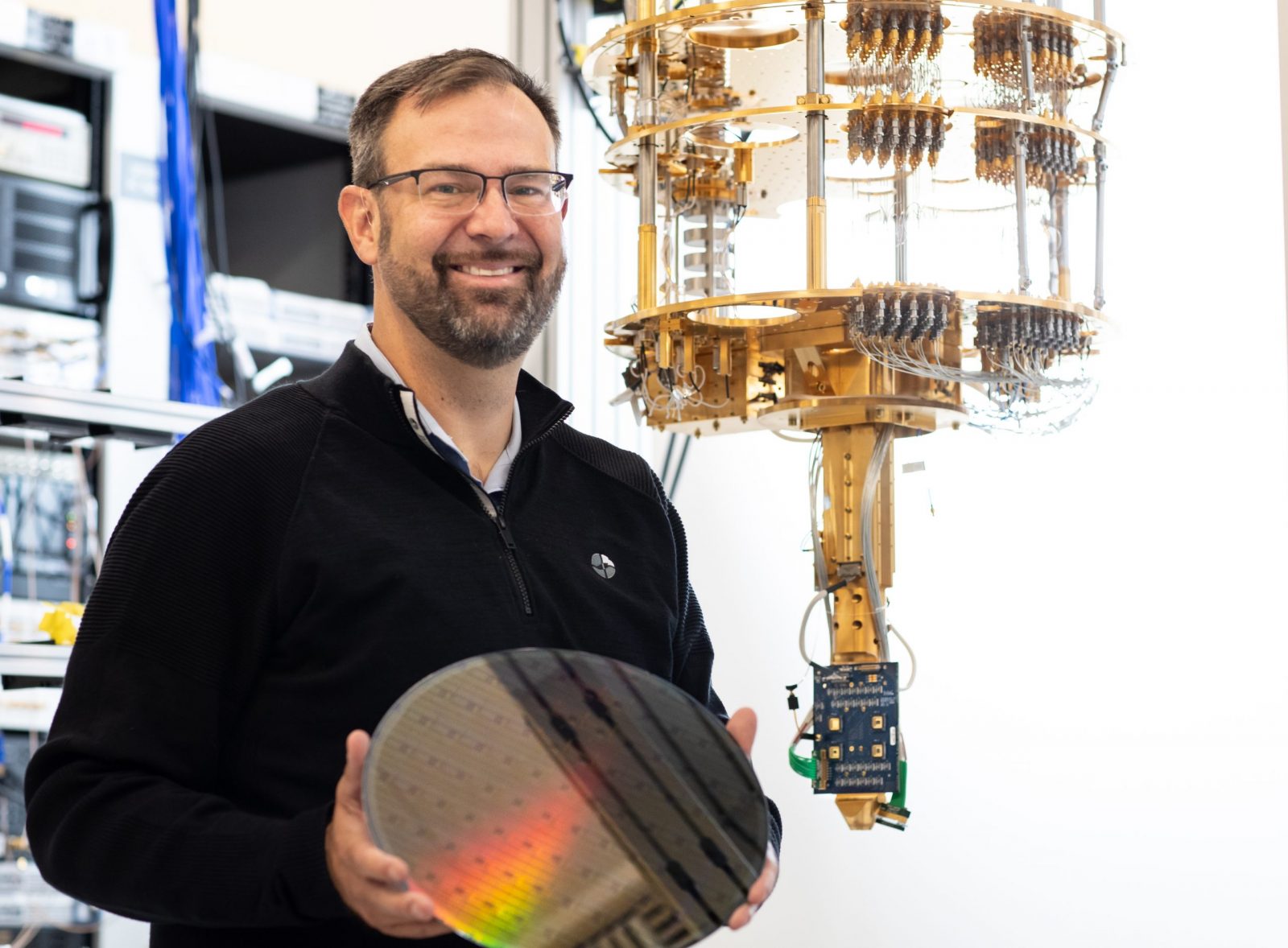Intel’s quantum strategy is becoming clearer

Semiconductor giant Intel has been known to be working on a variety of quantum technology advancements over the last half decade or so, but has remained relatively quiet about them, to the point that financial analysts and reporters regularly ask IQT staff if we think the company’s lack of quantum hype and headlines indicates that Intel doesn’t foresee a central role for itself in the quantum future.
Intel now seems intent on disabusing people of that notion. This week the company issued an article written by James Clarke, Director of Quantum Hardware at Intel, that delves into Intel’s vision for the quantum future, and what the company has been doing to turn that vision into reality.
Among other interesting statements. Clarke writes that “a fault-tolerant 1 million-plus qubit machine and true commercial uses for quantum computing are 10 to 15 years from reality.” He adds, “And that’s to achieve quantum practicality – the point at which quantum computers achieve commercial relevance by doing something significant to change our lives. Instead, the question should not be focused on when we reach commercialization but on whether some sort of quantum advantage is possible using devices with 50 to a few hundred qubits and what that technology looks like.”
Intel’s own quantum strategy has been at times difficult to understand. The company announced its Horse Ridge cryogenic quantum control chip in 2020, and then did not say much until early 2022, when it announced that it had created silicon spin qubit devices fabricated on Intel’s 300 mm research and development fabrication equipment. Most recently, in September, Intel announced the beta version of a full-stack quantum software development kit, an announcement that seemed aimed at keeping pace in the public eye with similar announcements made by competitor Nvidia throughout 2022.
Most recently, Intel last month that it had achieved a method for mass production of silicon spin qubits on 300 millimeter silicon wafers using extreme ultraviolet (EUV) lithography in a high-volume factory, which allows the company to fit 10,000 small arrays of quantum dots on a single wafer.
Clarke states in the article that Intel is leveraging its “deep expertise in silicon transistor design, high-volume manufacturing and advanced fabrication technologies to create silicon spin qubits… Intel’s qubits are different from other approaches in the industry. While Intel isn’t the only company working on silicon qubits, we’re the only company using the same process line to make our qubits as we do our leading-edge logic technology. And since Intel is dedicated to transistor and microcircuit design, the company has technology like computer-aided design (TCAD) for device creation. That same capability doesn’t yet exist for quantum, but we’re developing it.”
That eventually could be a game-changing capability for mass-manufacturing of quantum chips, and something that not many other firms on the semiconductor landscape–particularly Nvidia, which does not have its own fabs–have talked about pursuing.
Clarke further states that Intel has been working for the last six years to develop an in-house “full-stack commercial quantum system… This includes qubit architecture and algorithms research, control electronics, interconnects, quantum software toolchains and compilers, continuing to the application layer.”
Image: James Clarke, Director of Quantum Hardware, Intel. Source: Intel
Dan O’Shea has covered telecommunications and related topics including semiconductors, sensors, retail systems, digital payments and quantum computing/technology for over 25 years.



















